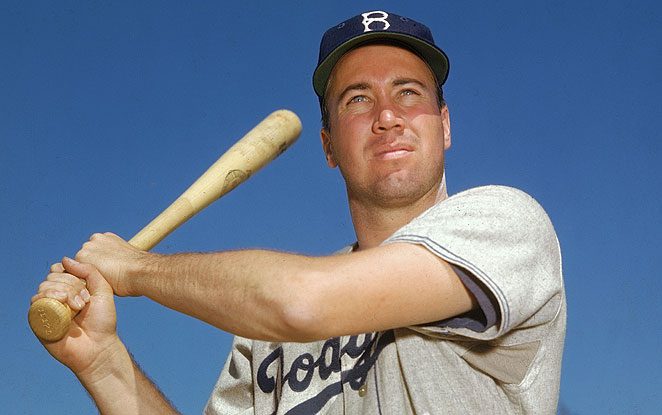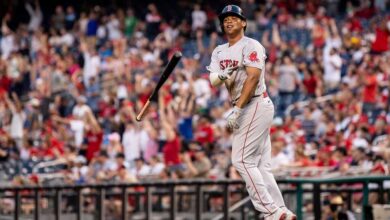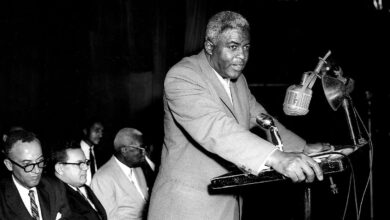
During his playing career, Duke Snider never got the chance to be his own man.
Patrolling centerfield for the Brooklyn Dodgers in the 1950s, Snider played in the shadow of Willie Mays outfield acrobatics at the Polo Grounds. Later in the decade, the Duke of Flatbush took a back seat to the playboy charm and offensive brilliance of Mickey Mantle.
Even in the annals of Dodger history, Snider never stood alone. Compared to the historic significance of Jackie Robinson or the meteoric rise of Sandy Koufax, Snider’s quiet success never earned the accolades of many of his contemporaries — despite to this day being the franchise leader in home runs and runs batted in.
But Snider, the Hall of Famer who died Sunday at the age of 84, deserves to be remembered as one of the greats of his, or any, era. That greatness lies beyond the numbers. Beyond the five consecutive 40-plus home runs seasons or the three straight seasons with more than 125 RBI.
The greatness of Duke Snider lay in his evolution from teenage wunderkind to elder statesman, all the while learning to deal with the game’s frustrations and his own mercurial temper. In an article published in September, 1955 in SPORT magazine, writer Al Stump painted a detailed picture of Snider – from his beginnings as a standout three-sport star in high school through the ’55 season which saw him finish second in the voting for National League MVP behind teammate Roy Campanella after a voter inadvertently left Snider’s name off the ballot.
Throughout the profile, Snider is continually measured to other greats of his era. But Snider himself never bothered to comment on the comparisons, leaving it to others to come to his defense. Teammates, competitors and observers sang the praises of a man that many felt was more than equal to Mays in defensive ability and stood up to Musial in offensive production.
That the city of Los Angeles never had the chance to see Snider at his zenith may be one of the great tragedies of baseball. Having a son of the Southland carry the banner for the arrival of Major League Baseball on the West Coast would have been a dream scenario. Unfortunately, the Snider that returned to the Pacific shores wasn’t the same man who so deftly became the centerpiece of the Ebbets Field teams.
After seven straight All-Star appearances in Brooklyn, nagging injuries conspired to prevent Snider from reaching a Midsummer Classic with Los Angeles. Nonetheless, he became a favorite with L.A. fans.
As the links between Brooklyn and Los Angeles become fewer, we can only hope that Snider gains the place in history that he rightfully earned.





